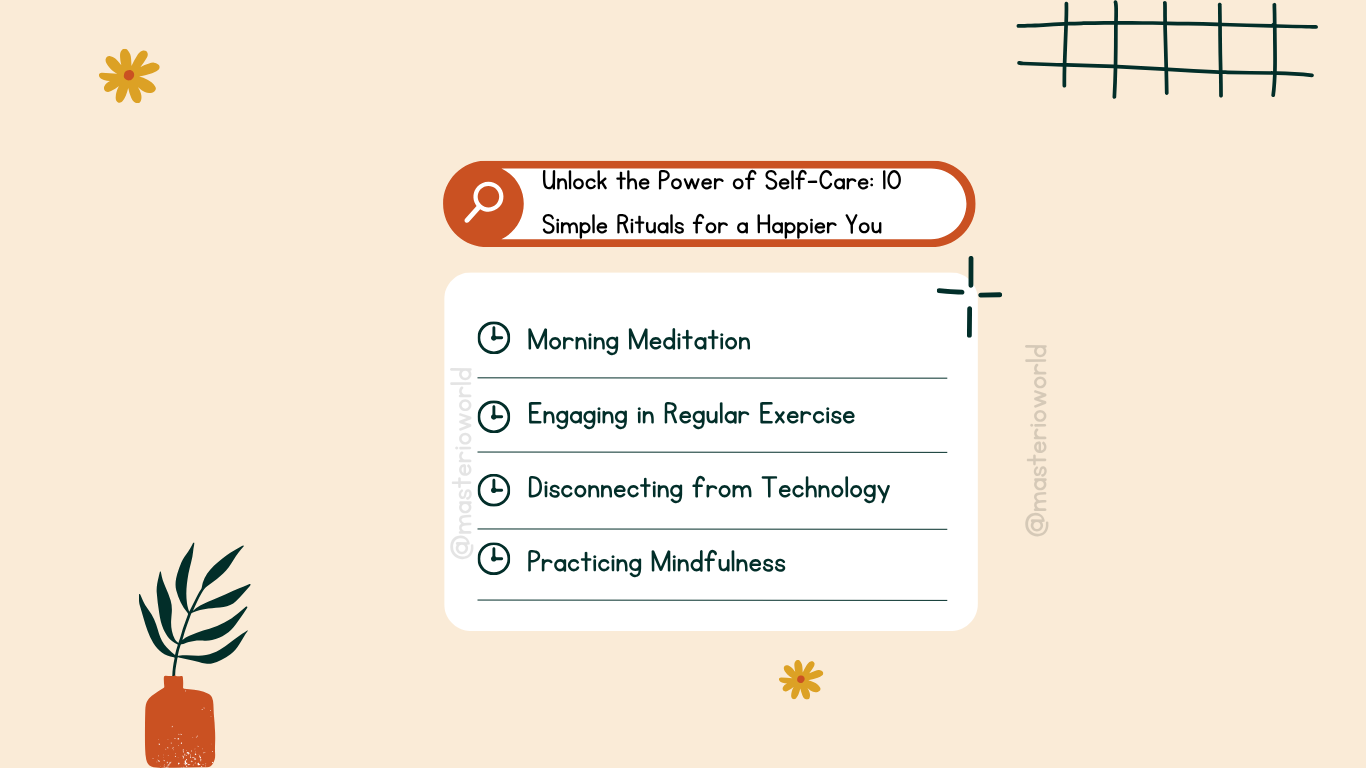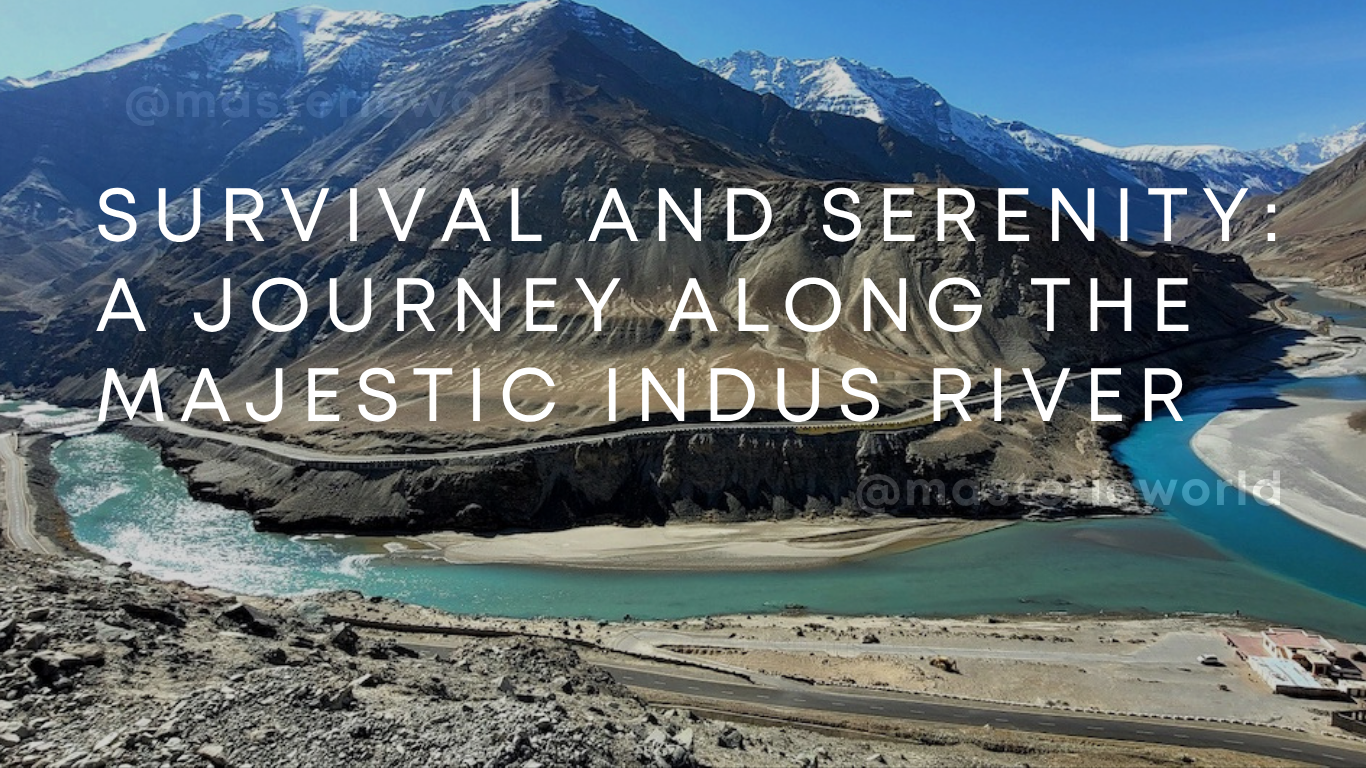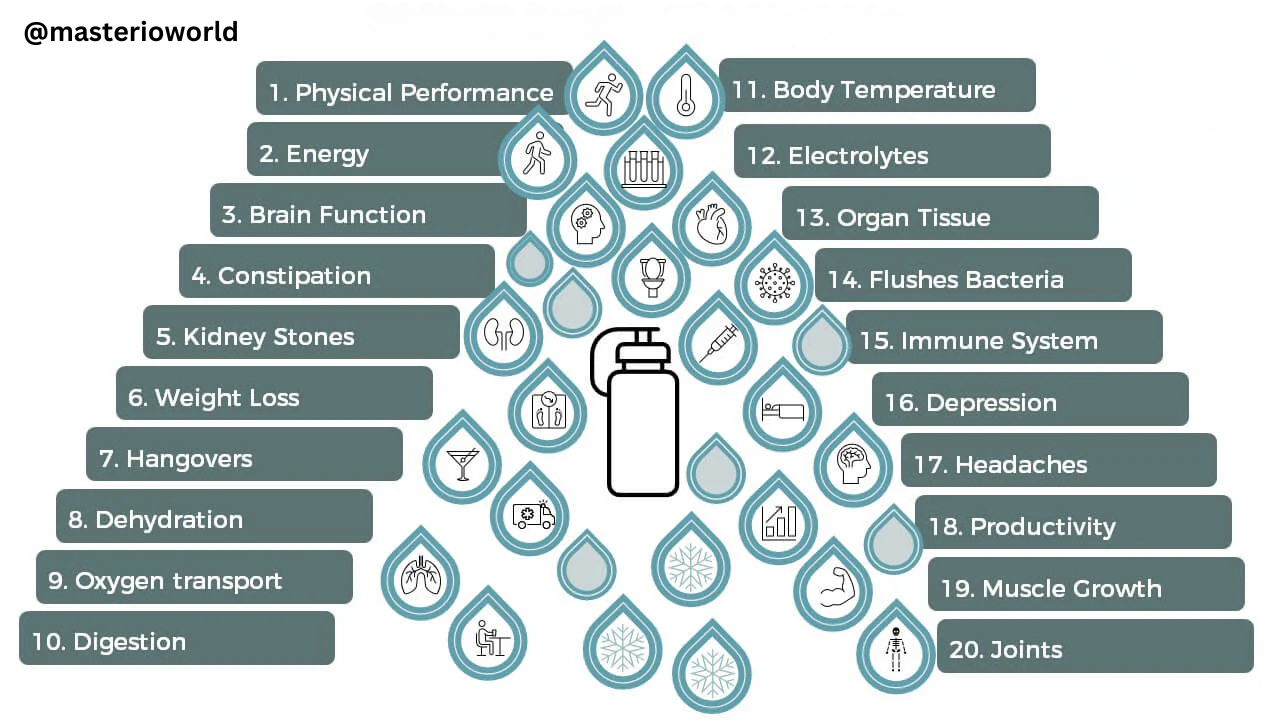From the Louvre to the Eiffel Tower: Crafting the Perfect Itinerary for Your Paris Vacation
From the Louvre to the Eiffel Tower: Crafting the Perfect Itinerary for Your Paris Vacation Are you planning a trip to Paris and looking to make the most of your visit? Paris, often called the “City of Light,” is renowned for its rich history, stunning architecture, and vibrant culture. With so many iconic landmarks and attractions to explore, it’s essential to create a well-crafted itinerary to ensure you make the most of your time in this beautiful city. In this article, we will guide you through crafting the perfect itinerary for your Paris vacation, covering everything from must-visit attractions to hidden gems that will make your trip truly memorable. Introduction Paris, the capital city of France, is one of the most popular tourist destinations in the world. Its iconic landmarks, such as the Louvre Museum, Eiffel Tower, and Notre-Dame Cathedral, attract millions of visitors each year. To make the most of your Paris vacation, it’s crucial to plan your itinerary in advance, ensuring you have enough time to explore both the well-known attractions and the hidden gems that make Paris truly unique. Day 1: Exploring the Historic Heart of Paris 2.1 Morning: Louvre Museum Kickstart your Parisian adventure with a visit to the Louvre Museum, the world’s largest art museum. Explore the museum’s vast collection, including masterpieces like the Mona Lisa and the Venus de Milo. Immerse yourself in art, history, and culture as you wander through the Louvre’s magnificent galleries. 2.2 Afternoon: Notre-Dame Cathedral and Île de la Cité After a delightful morning at the Louvre, head to the Notre-Dame Cathedral, a masterpiece of Gothic architecture. Admire the intricate details of the cathedral’s facade and marvel at the stunning stained glass windows inside. Take a stroll through Île de la Cité, the island where Paris was born, and discover charming streets and hidden squares. 2.3 Evening: Seine River Cruise End your first day in Paris with a romantic Seine River Cruise. Sail along the river and enjoy breathtaking views of the city’s illuminated landmarks, including the Eiffel Tower, Louvre Museum, and Notre-Dame Cathedral. It’s the perfect way to relax and take in the beauty of Paris at night. Day 2: Embracing Parisian Culture and Charm 3.1 Morning: Montmartre and Sacré-Cœur Basilica Start your second day in Paris with a visit to Montmartre, a bohemian neighborhood famous for its artistic heritage. Climb the steps to Sacré-Cœur Basilica and admire the panoramic view of Paris from its hilltop location. Explore the narrow streets of Montmartre, filled with art studios, cafes, and charming boutiques. 3.2 Afternoon: Champs-Élysées and Arc de Triomphe Indulge in some shopping and strolling along the famous Champs-Élysées, one of the world’s most renowned avenues. Marvel at the Arc de Triomphe, an iconic monument honoring the fallen soldiers of France. Climb to the top of the Arc for a stunning view of the city. 3.3 Evening: Moulin Rouge Show Immerse yourself in the glamour and excitement of Parisian nightlife with a visit to the world-famous Moulin Rouge. Enjoy an evening of dazzling cabaret performances, captivating music, and extravagant costumes. It’s an unforgettable experience that captures the essence of the Belle Époque era. Day 3: Unveiling the Beauty of Paris 4.1 Morning: Versailles Palace and Gardens Take a day trip to the magnificent Palace of Versailles, a UNESCO World Heritage site located just outside of Paris. Explore the opulent halls, grand apartments, and breathtaking gardens of this former royal residence. Admire the Hall of Mirrors, the King’s Grand Apartments, and the mesmerizing fountains in the expansive gardens. 4.2 Afternoon: Sainte-Chapelle and the Latin Quarter Discover the stunning beauty of Sainte-Chapelle, a Gothic gem renowned for its exquisite stained glass windows. Marvel at the vibrant colors and intricate details as sunlight filters through the glass. Afterward, venture into the Latin Quarter, known for its lively atmosphere, charming cafes, and historic buildings. 4.3 Evening: Eiffel Tower No visit to Paris is complete without a trip to the Eiffel Tower. As the most iconic symbol of the city, it offers breathtaking views from its observation decks. Take an elevator ride to the top and witness the stunning panorama of Paris spread out before you. Don’t forget to capture memorable photos of this architectural marvel. Day 4: Delving into Art and Fashion 5.1 Morning: Musée d’Orsay Explore the Musée d’Orsay, a former railway station turned into a world-renowned museum. Admire an extensive collection of Impressionist and Post-Impressionist masterpieces, including works by Monet, Renoir,and Van Gogh. Experience the beauty of art in an intimate setting and appreciate the artistic movements that revolutionized the art world. 5.2 Afternoon: Le Marais and Centre Pompidou Stroll through the trendy neighborhood of Le Marais, known for its chic boutiques, art galleries, and historic architecture. Explore the Centre Pompidou, a modern art museum showcasing contemporary and avant-garde works. The museum’s unique exterior design and vibrant atmosphere make it a must-visit for art enthusiasts. 5.3 Evening: River Seine Night Cruise Embark on a magical River Seine night cruise and witness Paris transform into a city of lights. Cruise along the river while enjoying the illuminated landmarks, including the Notre-Dame Cathedral, Louvre Museum, and Eiffel Tower. Relax and savor the enchanting ambiance as you glide through the heart of the city. Day 5: Exploring Parisian Neighborhoods 6.1 Morning: Saint-Germain-des-Prés Start your day in the charming neighborhood of Saint-Germain-des-Prés, known for its bohemian vibe and intellectual history. Explore the narrow streets lined with cafes, bookshops, and art galleries. Visit iconic spots like Café de Flore and Les Deux Magots, famous for their literary connections. 6.2 Afternoon: Le Marais and Place des Vosges Return to Le Marais, one of Paris’s oldest and most fashionable districts. Discover the architectural beauty of Place des Vosges, a picturesque square surrounded by elegant townhouses. Enjoy boutique shopping, visit stylish art galleries, and savor delicious French pastries in this lively neighborhood. 6.3 Evening: Latin Quarter and Rue Mouffetard Immerse yourself in the vibrant atmosphere of the Latin Quarter, home to the prestigious Sorbonne University and a hub of … Read more






